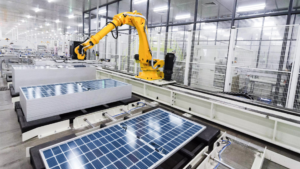Perovskites are a family of materials that have shown great potential for solar applications, especially as a way to boost the efficiency and lower the cost of photovoltaic (PV) panels. In this blog post, we will explain what perovskites are, how they work in PV cells, and what are the main challenges and opportunities for their adoption in the solar industry.
What are perovskites and how do they work in PV cells?
Perovskites are materials that share a similar crystal structure to the mineral composed of calcium titanium oxide, which was first discovered by Lev Perovski in 1839. However, perovskites can be made of many different combinations of elements, such as lead, iodine, methylammonium, and others. These elements can be tuned to change the physical, optical, and electrical properties of the perovskite material, making it suitable for different types of applications.
One of the most promising applications of perovskites is in PV cells, where they act as light absorbers that convert sunlight into electricity. Perovskites have several advantages over conventional PV materials, such as silicon:
- They have a high absorption coefficient, which means they can absorb more light with less material. This allows for thinner and lighter PV cells that use less material and energy to produce.
- They have a long carrier separation transport, which means they can separate and transport the positive and negative charges generated by light absorption more efficiently. This reduces the losses and increases the power output of the PV cell.
- They have a large distance between electrons and holes, which means they can withstand higher voltages without breaking down. This increases the stability and durability of the PV cell.
- They can be tuned to absorb different wavelengths of light from the solar spectrum, which means they can be combined with other PV materials to create tandem or multi-junction cells that capture more solar energy.
Perovskite PV cells can be made by depositing thin layers of perovskite material on various substrates, such as glass, metal, or plastic. The deposition process can be done at low temperatures and with simple equipment, which reduces the manufacturing cost and complexity. Perovskite PV cells can also be flexible and transparent, which opens up new possibilities for integrating them into buildings, vehicles, or wearable devices.
What are the main challenges and opportunities for perovskite PV cells?
Perovskite PV cells have shown remarkable progress in recent years, reaching efficiencies of over 25% in laboratory settings. This is comparable to the best silicon PV cells available today. However, there are still some major challenges that need to be overcome before perovskite PV cells can become a competitive commercial technology. These include:
- Stability and durability: Perovskite materials are sensitive to moisture, oxygen, light, heat, and voltage stress, which can cause them to degrade over time. This limits their operational lifetime and reliability compared to silicon PV cells. Researchers are working on improving the stability of perovskite materials by modifying their composition, adding protective layers, or encapsulating them in inert environments.
- Scalability and reproducibility: Perovskite materials have a complex and variable structure that depends on many factors, such as temperature, humidity, pressure, and deposition method. This makes it difficult to produce large-scale and uniform perovskite films with consistent quality and performance. Researchers are working on developing more robust and standardized fabrication methods that can ensure high-quality perovskite films at industrial scales.
- Toxicity and sustainability: Some perovskite materials contain lead or other toxic elements that pose environmental and health risks if they leak or are disposed of improperly. This raises concerns about the safety and sustainability of perovskite PV cells. Researchers are working on finding alternative or safer elements that can replace lead or other harmful elements in perovskite materials without compromising their performance.
Despite these challenges, perovskite PV cells also offer many opportunities for innovation and growth in the solar industry. Some of these include:
- Tandem or multi-junction cells: Perovskite materials can be layered over existing silicon or thin-film PV cells to create tandem or multi-junction cells that have higher efficiencies than single-junction cells. For example, boosting silicon with perovskite could make each PV panel 20% more efficient than today’s PV panels . This could increase the power output and reduce the land use of solar farms.
- Building-integrated photovoltaics (BIPV): Perovskite materials can be made into flexible and transparent films that can be integrated into windows, roofs, facades, or other parts of buildings. This could enable buildings to generate their own electricity while reducing their heating and cooling needs. BIPV could also create new architectural and aesthetic possibilities for urban design.
- Portable and wearable devices: Perovskite materials can be made into lightweight and bendable films that can be attached to various surfaces, such as clothing, backpacks, tents, or vehicles. This could enable portable and wearable devices to harvest solar energy and extend their battery life. Perovskite materials could also be used to create novel devices, such as solar-powered sensors, displays, or smart fabrics.
Conclusion
Perovskites are a family of materials that have shown great potential for solar applications, especially as a way to boost the efficiency and lower the cost of PV panels. Perovskite PV cells have several advantages over conventional PV materials, such as high absorption coefficient, long carrier separation transport, large distance between electrons and holes, and tunability to absorb different wavelengths of light. Perovskite PV cells can also be made by depositing thin layers of perovskite material on various substrates, such as glass, metal, or plastic. Perovskite PV cells can also be flexible and transparent, which opens up new possibilities for integrating them into buildings, vehicles, or wearable devices.
However, perovskite PV cells also face some major challenges that need to be overcome before they can become a competitive commercial technology. These include stability and durability, scalability and reproducibility, toxicity and sustainability. Researchers are working on improving the stability of perovskite materials by modifying their composition, adding protective layers, or encapsulating them in inert environments. Researchers are also working on developing more robust and standardized fabrication methods that can ensure high-quality perovskite films at industrial scales. Researchers are also working on finding alternative or safer elements that can replace lead or other harmful elements in perovskite materials without compromising their performance.
Perovskites are a promising technology that could transform the solar industry in the near future. However, they still require more research and development to overcome their challenges and realize their full potential.
References
: Meet perovskite, the mystery mineral that could transform our solar energy future.





